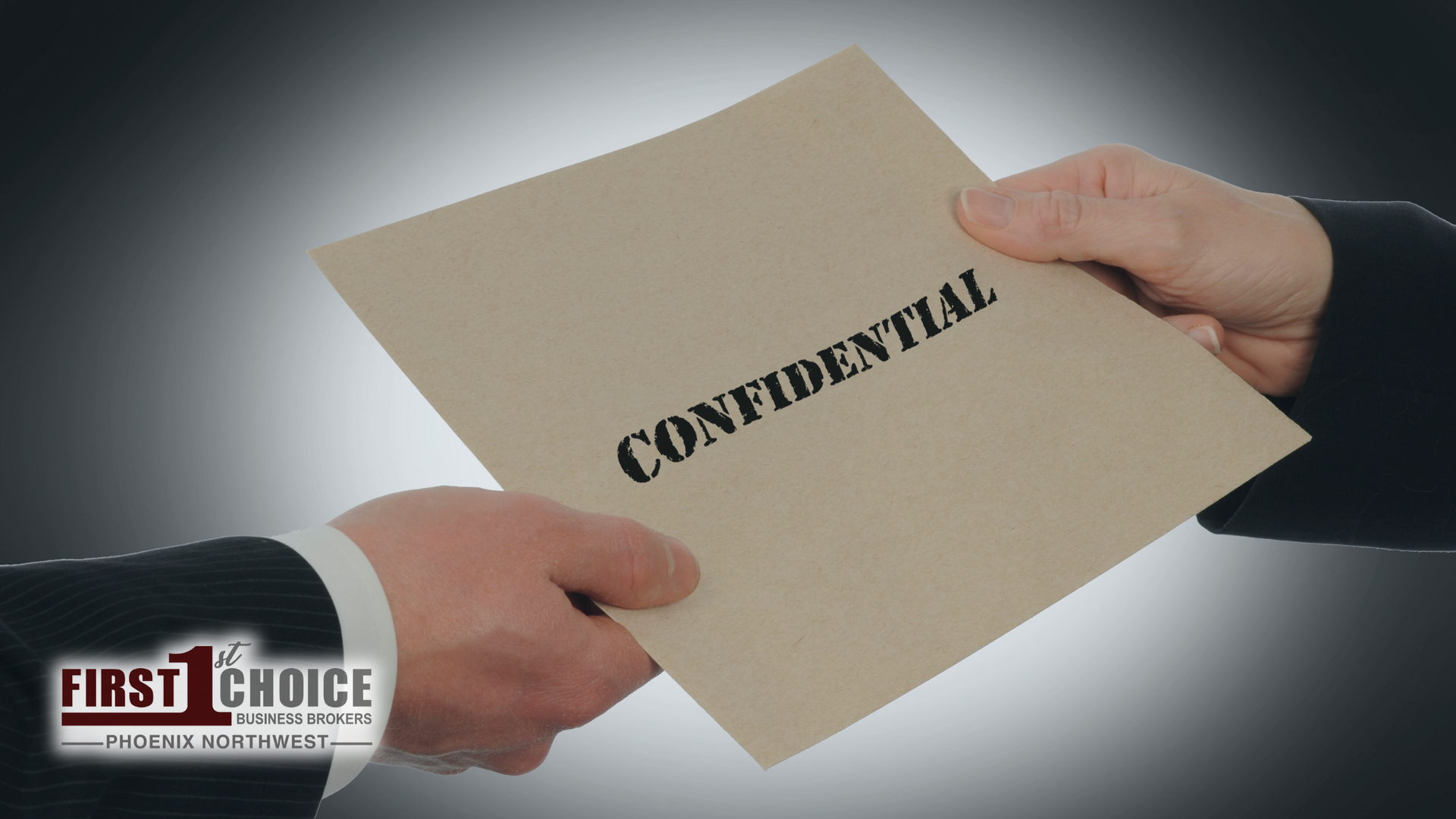Exploring Business Valuation Techniques

Exploration of business valuation techniques is vital for entrepreneurs, investors, and business professionals seeking to understand the true worth of a company. In the complex world of finance, accurately assessing the value of a business is imperative for making informed decisions regarding investments, acquisitions, mergers, and more. By delving into various valuation methods, from discounted cash flow analysis to comparable company analysis, individuals can gain a comprehensive view of a company's financial health and future potential. This blog post will explore the different techniques used in business valuation and provide insights into how these methods can be applied in real-world scenarios.
Key Takeaways:
- Understanding the purpose: Before applying any business valuation technique, it is crucial to understand the purpose of the valuation. Different techniques may be more suitable depending on whether the valuation is for financial reporting, mergers and acquisitions, or shareholder disputes.
- Consider multiple approaches: It is recommended to use multiple valuation techniques to arrive at a more accurate valuation of the business. Each technique has its own assumptions and limitations, so combining them can provide a more comprehensive view of the company's value.
- Market conditions impact valuation: External market conditions, industry trends, and economic factors can significantly influence a business's valuation. It is necessary to consider these factors when selecting and applying valuation techniques to ensure a realistic and reliable valuation.
Asset-Based Valuation Techniques
Book Value Method
Method: Some asset-based valuation techniques include the Book Value Method, which values a business by subtracting the total liabilities from the total assets on the balance sheet. This method provides a straightforward way to determine the value of a company based on its historical costs.
Liquidation Value Method
The Liquidation Value Method is another asset-based valuation technique that estimates the value of a company's assets if they were to be sold off individually in a forced liquidation scenario. The goal is to determine the amount that would be received if all assets were sold quickly, usually at a discount.
This method is often used by investors or creditors to assess the worst-case scenario value of a business. It provides a conservative estimate and helps stakeholders understand the minimum value that could be realized in a liquidation scenario.
Earnings-Based Valuation Techniques
Price-to-Earnings Ratio Analysis
The Price-to-Earnings (P/E) ratio is a commonly used metric in business valuation. The ratio is calculated by dividing the market price per share by the earnings per share. A high P/E ratio can indicate that a company is overvalued, while a low P/E ratio may suggest undervaluation. It is important to compare the P/E ratio with industry peers to get a better understanding of the company's valuation in the market.
Discounted Cash Flow (DCF) Method
Discounted Cash Flow (DCF) is a valuation method used to estimate the value of an investment based on its expected future cash flows. By discounting the projected cash flows back to present value using a discount rate, investors can determine the current worth of an investment. This method provides a more accurate valuation by considering the time value of money and the risks associated with the investment.
To calculate the discounted cash flow, one needs to make assumptions about future cash flows, growth rates, and the discount rate. The DCF method requires a thorough understanding of the business and industry to make realistic projections and ensure the accuracy of the valuation.
Market Value Valuation Techniques
Comparable Company Analysis
Many business valuation techniques are used to determine the market value of a company. One common method is the Comparable Company Analysis, where the value of a company is estimated by comparing it to similar publicly traded companies. This analysis helps in understanding the market value of the subject company by looking at the multiples of comparable companies in the same industry.
| Pros | Cons |
|---|---|
| Simple and easy to understand | Dependent on the availability of comparable companies |
| Uses real market data | Does not consider specific company attributes |
Precedent Transactions Method
Valuation Techniques.Precedent Transactions Method is another widely used market valuation technique. This method involves analyzing the sale prices of similar companies in the past to determine the value of the subject company. By looking at past transactions, investors can gauge what buyers have been willing to pay for similar businesses, providing a benchmark for the company's market value.
Market value can also be determined through Precedent Transactions Method, a process of evaluating historical transactions involving similar companies to estimate the current company's worth. By studying past deals and their valuations, analysts can get a sense of the market value and potential pricing for the subject company.
Special Considerations in Valuation
Valuation for Mergers and Acquisitions
To ensure successful mergers and acquisitions, it is crucial to accurately determine the value of a business. This involves evaluating the target company's assets, liabilities, and potential synergies with the acquiring entity. Financial metrics such as EBITDA multiples and discounted cash flow analysis are commonly used in these scenarios to assess the fair market value and negotiate a favorable deal.
Consideration of Intangible Assets
Intangible assets, such as patents, trademarks, and goodwill, play a significant role in today's business landscape but are often challenging to quantify. When valuing a company, it is necessary to consider these assets as they can contribute significantly to its overall value. Methods like the relief from royalty and excess earnings approach are utilized to evaluate intangible assets and ensure a comprehensive valuation.
It is imperative for valuation professionals to have a deep understanding of the company's intangible assets and their impact on the business. Properly assessing and quantifying these assets can lead to a more accurate and holistic valuation, providing stakeholders with valuable insights for strategic decision-making.
Summing up
Considering all points, it is evident that exploring various business valuation techniques is crucial for making informed decisions about investments, acquisitions, and overall business strategies. By understanding the different methods such as discounted cash flow, market comparables, and asset-based valuation, businesses can accurately determine the true value of their assets and make strategic decisions to enhance their financial performance and competitiveness in the market. It is vital for business owners, investors, and stakeholders to have a comprehensive understanding of these valuation techniques to ensure sustainable growth and success in today's dynamic business environment.
FAQ
Why is it important to prepare your business for sale?
Properly preparing your business for sale can increase its value, attract more potential buyers, and streamline the selling process. By getting your business in top shape before listing it for sale, you can maximize your sale price and ensure a smoother transaction.
What are some important steps for preparing your business for sale?
Some important steps for preparing your business for sale include organizing financial documents, improving operational efficiency, documenting key processes, addressing any legal or regulatory issues, and enhancing the overall appearance and appeal of your business to potential buyers.
How far in advance should you start preparing your business for sale?
It is recommended to start preparing your business for sale at least 1-2 years in advance. This will give you enough time to address any shortcomings, implement improvements, and showcase the full potential of your business to prospective buyers. Starting early can also help you avoid any last-minute stress and ensure a successful sale.
Get in Touch:
First Choice Business Brokerage Phoenix
📍 21640 N 19th Ave Suite C9, Phoenix, AZ 85027
📞 (623) 888-6190
Recent articles for you




